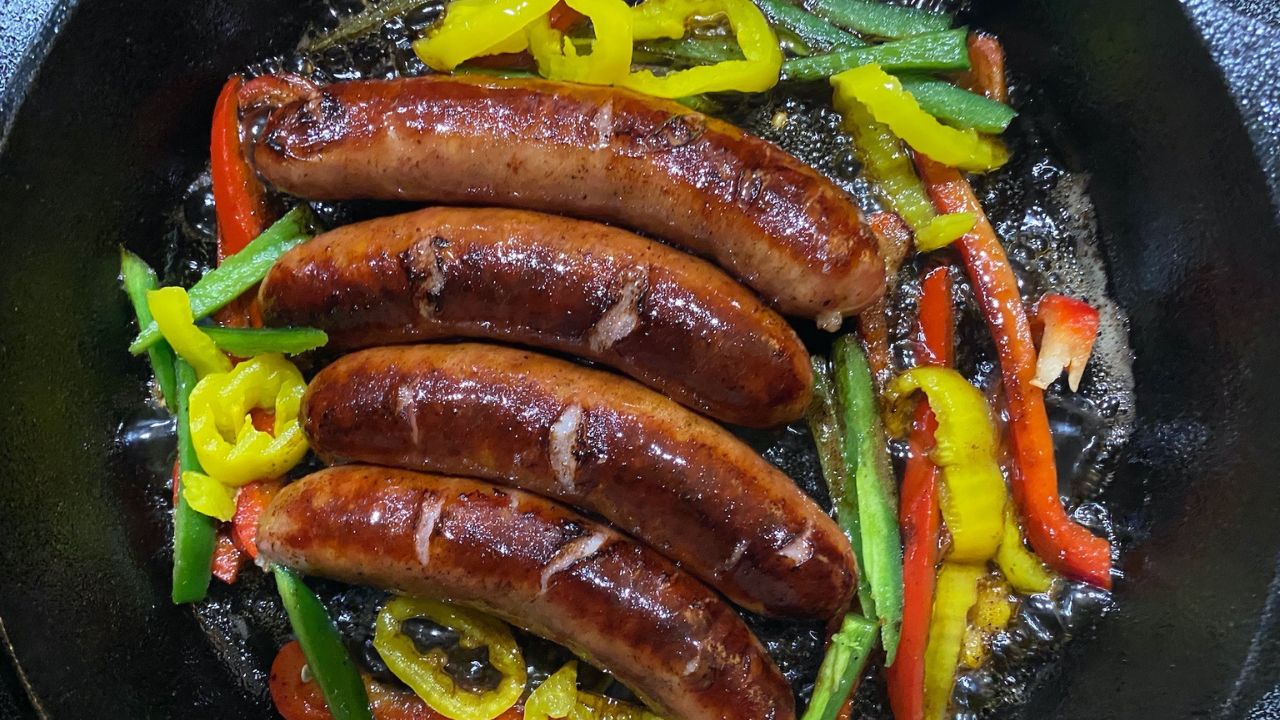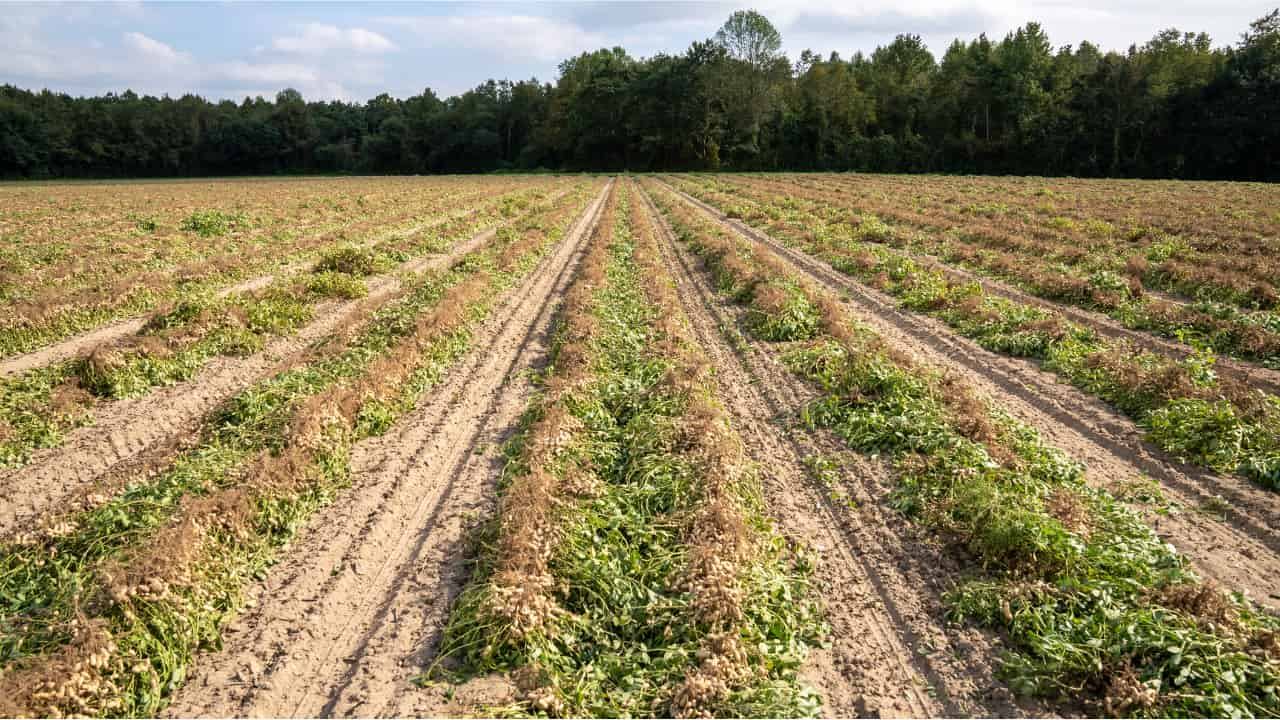Bratwurst, a beloved sausage variety, holds a special place in culinary culture and has become a staple in many households for its rich flavor. As we embark on a flavorful journey, let’s delve into the process of how to cook bratwurst.
Whether you’re a novice or a seasoned cook, this journey promises to enhance your culinary expertise.
Table of contents
Wanting to know how to cook bratwurst is one thing and selecting the right bratwurst for your dish is crucial for a mouthwatering outcome. Explore local markets or specialty stores for high-quality, fresh bratwurst. So before we move to how to cook bratwurst, let’s talk about the tips that will help us select the best bratwurst.
How to choose the finest bratwurst for cooking
Choosing the finest bratwurst for cooking involves considering factors such as quality, freshness, and personal preferences. Here are some tips to help you select the best bratwurst:
- Freshness: Look for fresh bratwurst. If possible, buy from a local butcher or a reputable meat market where the turnover is high, ensuring a fresher product. Also, check the expiration or sell-by date to ensure that the bratwurst is within its recommended shelf life.
- Meat Quality: Opt for bratwurst made from high-quality meat, such as pork or a mix of pork and veal. Quality meat contributes to better flavor and texture.
- Ingredients: Read the ingredient list. Choose bratwurst with simple and natural ingredients, avoiding excessive additives, fillers, or preservatives.
- Appearance: Look for bratwurst that has a consistent, smooth texture and is free from discoloration. Avoid any packages with a slimy or off-putting appearance.
- Varieties: Explore different varieties based on your preferences. Traditional bratwurst is made with pork, but there are also beef, veal, and even chicken bratwurst available. Choose the type of meat that suits your taste.
- Local or Specialty Brands: Consider trying local or specialty brands known for their artisanal approach and commitment to quality. These options may provide unique flavors and higher quality.
- Preparation Style: Determine the cooking method you plan to use. Some bratwurst is better suited for grilling, while others may be ideal for simmering in beer or other liquids. Choose accordingly.
- Ask for Recommendations: Consult your local butcher or the staff at the meat counter for recommendations. They often have valuable insights into the best bratwurst available.
- Packaging: Choose bratwurst that is well-packaged and sealed to maintain freshness. Vacuum-sealed packages are excellent for preserving the flavor and quality of the sausages.
Read also: 21 Places Where They Cook in Front of You
How to Cook Bratwurst: Culinary Expertise Development
Certainly! Cooking bratwurst is a delicious and straightforward process. Here’s a step-by-step guide to help you develop your culinary expertise in preparing bratwurst:
Ingredients
- Bratwurst sausages
- Water or beer
- Onion (optional)
- Cooking oil or butter (optional)
Equipment
- Skillet or grill
- Tongs
- Plate
Instructions:
Selecting Bratwurst:
Choose fresh bratwurst from a reputable source. You can find a variety of flavors, such as traditional, beer-infused, or smoked.
Preparation:
If your bratwurst is frozen, thaw it in the refrigerator. Take them out about 30 minutes before cooking to bring them to room temperature.
Boiling (Optional Step):
Some people like to boil bratwurst before grilling or frying. If you choose to do this, bring water or beer to a simmer in a pot, add the bratwurst, and let them cook for about 10-15 minutes. This step can enhance flavor and ensure the sausages are thoroughly cooked.
You can check this: How to Use Nespresso Machine: Coffee Brewing Mastery
Grilling or Frying:
- Grilling: Preheat your grill to medium-high heat. Oil the grill grates to prevent sticking. Grill the bratwurst for 10-15 minutes, turning occasionally, until they are browned and cooked through.
- Frying: Heat a skillet over medium heat and add a bit of cooking oil or butter. Place the bratwurst in the skillet and cook for about 10-15 minutes, turning occasionally, until they are browned on all sides.
Adding Onions (Optional):
For extra flavor, sauté sliced onions in the skillet or on the grill until they are caramelized. You can serve these on top of the bratwurst or as a side.
Checking Doneness:
Ensure the bratwurst is cooked thoroughly. The internal temperature should reach at least 160°F (71°C).
Serving:
Serve the bratwurst hot, either on a bun or alongside your favorite sides. Mustard, sauerkraut, and pickles are popular toppings.
Enjoy:
Savor the delicious taste of well-cooked bratwurst! Adjust the seasoning or experiment with different flavors to develop your own unique recipe.
See also: How Long to Boil Potatoes for Potato Salad: Culinary Timing Precision
FAQs
Freezing uncooked bratwurst is a convenient option. Ensure it’s tightly sealed to preserve freshness. Thaw before cooking for the best results.
Aim for an internal temperature of 160°F (71°C) to guarantee your bratwurst is cooked thoroughly and safe to eat.
Yes, the oven is a viable option. Bake at 400°F (200°C) for around 25 minutes, ensuring the internal temperature reaches 160°F (71°C).
While some pierce to release excess fat, it’s best to avoid, as it may dry out the bratwurst. Opt for methods that retain the juices.
Store cooked bratwurst in the refrigerator for up to four days. For longer storage, freeze and reheat when ready to enjoy.
Experiment with bratwurst tacos, bratwurst-stuffed mushrooms, or bratwurst skewers for a delightful twist on traditional recipes.
Conclusion
Cooking bratwurst is an art that combines quality ingredients, meticulous preparation, and precise cooking techniques. Follow this guide, and you’ll soon find yourself creating culinary masterpieces that leave a lasting impression.
Cheers to culinary excellence!






